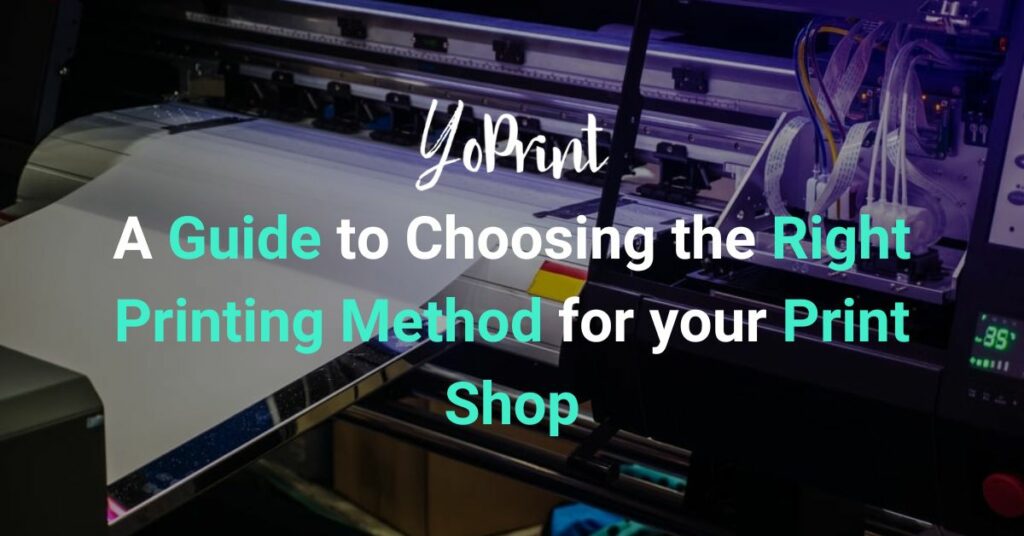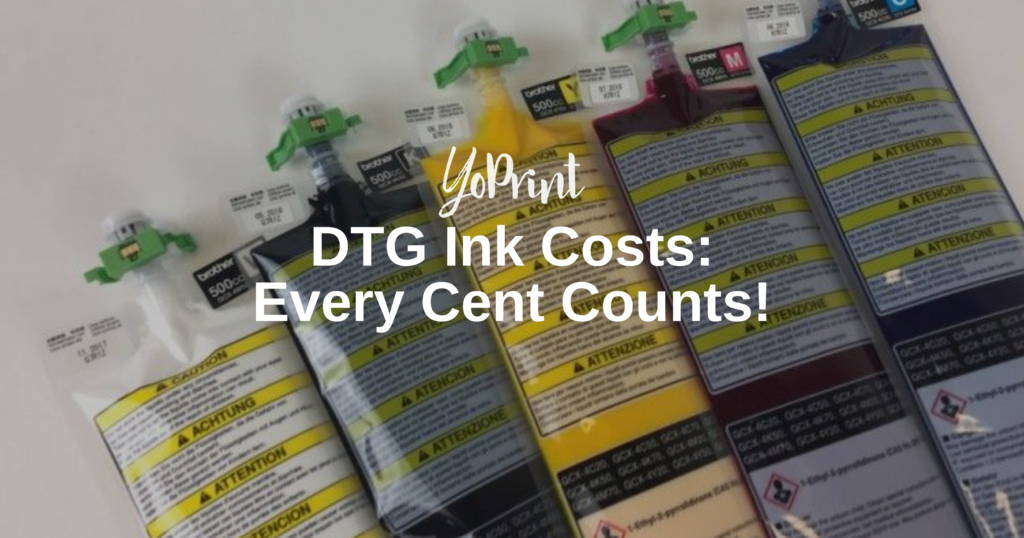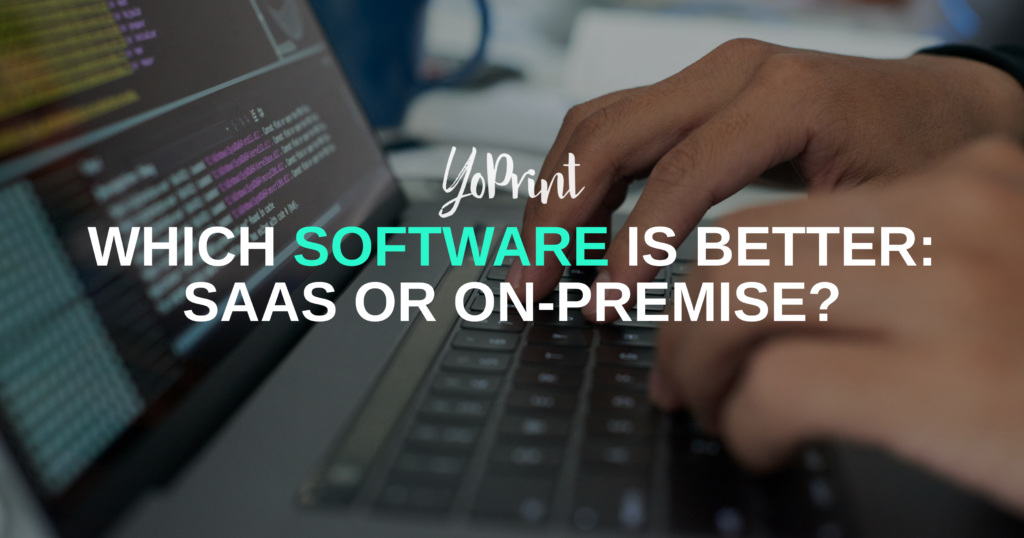Are you thinking about starting your own printing business? That’s great! You’ve heard about how well custom garments have been online. With customers looking for unique designs, low prices, excellent customer service, and a combination of elements, you’ve ultimately decided you can give them what they want.
But where do you even begin? Knowing which printing method works best for your budding business can be tricky with various options available. Moreover, circumstances can change depending on the kind of business you get from customers. Are you catering to large-volume orders that require a single substrate? Do your customers prefer small orders of various types of merchandise? These can also determine the direction of your printing business.
The current stage of your business and the type of orders you receive will ultimately determine the printing method you should pursue. In this article, we’ll help you narrow down your options by putting you in the shoes of specific scenarios and how to leverage the opportunities they present for you to take your print shop even further.
Starting Out
Let’s say you have a modest starting budget of $25,000 to use for setting up your business. You have a basic plan for the general aspects of your business but have yet to figure out what will work in your favor. The tricky part is finding out whether you’re heading in the right direction once you’ve picked a printing method. It can be daunting for a newcomer like yourself to go in untested, especially when you’re uncertain that your investment is right.
Entry-level Scenario
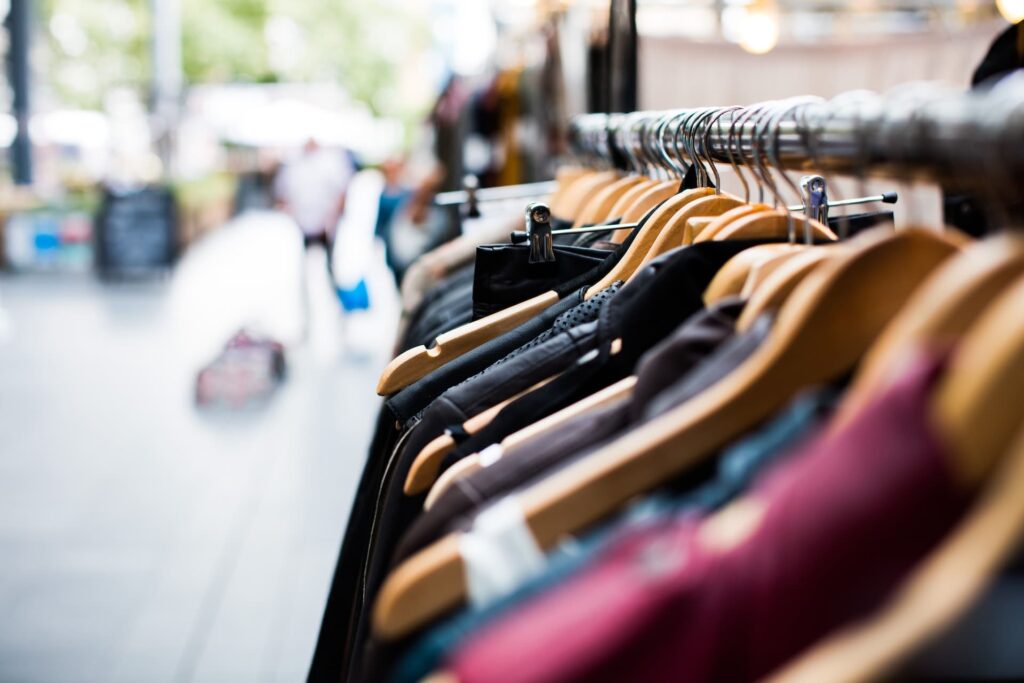
Let’s take a spin at a starting scenario to get you in the right mindset for starting right. The first step is identifying key points for your fledgling print shop:
- Where are my orders coming from?
- What substrates will these orders require?
- How do I leverage these and pick the right printing method?
Printing niches vary, and customers have varying expectations for the orders they place. While it might be a little tempting to consider investing in two different printing methods to reach a wider market, we do not recommend taking that “bold step” forwards, especially when you have yet to learn the intricacies of running a print shop.
For one, having two completely different printing methods means you’ll need more funding to afford two sets of equipment and the associated consumables. Secondly, suppose you don’t actually know your prospective customers’ requirements. In that case, you’re wasting valuable money, time, and effort investing in a printing method no one wants.
Customer Orders
The first and most important thing to do is to identify your customers. It pays to start small when you’re new to the industry; your locality makes a good starting point. Local businesses, restaurants, and even schools may be interested in your services, especially if there isn’t any competition in the area. The local council might even be looking for small orders of shirts for their departments; your old high school might want to outfit the basketball team with jerseys – these are just a few simple examples you can work with.
The thing is, you’re still going to be in the dark at this point in time. How many initial orders can you expect? You might be excited to get to work on a medium-sized order of custom garments, but you’re still new. Can your customers trust you to do an outstanding job on the first try? Ambitious though you may be, be realistic about your expectations.
As such, you must start building bridges with these businesses and market yourselves to them. If you already have a good workflow to produce quality goods, show them samples to convince them that they can entrust you with making top-quality custom products for their needs. Discuss their requirements and how promptly you can deliver their orders, but again, be reasonable about your turnaround times. If you can prove your business’ reliability and output quality, you’ll easily get frequent repeat orders from them.
Substrates to Use
Being a print shop doesn’t necessarily mean you need to limit what you can print on. Custom goods are in demand because people can have something made as a special gift, for use in events, or for various other reasons. At this early stage, you’ll need to find out the needs of your up-and-coming customers: do they just want shirts for company events? Commemorative gifts for a small team? A mix of both?
If garments are involved, you’ll need to consider fabric types that are highly requested, whether cotton, blends, polyester, or others. Some printing methods work best on specific substrates, so you’ll want to choose a highly versatile method to cover your bases.
Why Start with DTF Printing?
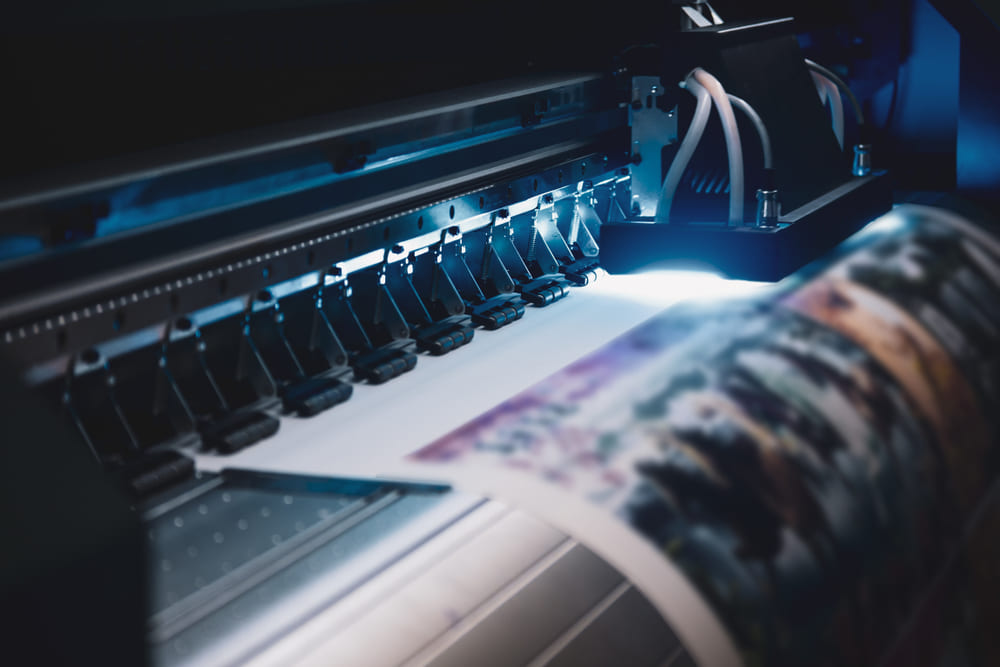
A good starting point for your print shop would be to rely on direct-to-film (DTF) printing. DTF printing is a heat transfer method where you print your design on a special transfer film, then apply a hot melt powder to it while the inks are wet. When used with a heat press, the heat and pressure melt the powder and turn it into an adhesive, allowing the print to adhere permanently to the garment’s surface.
So why pick DTF? DTF printing provides a solution to meet your potential customers’ printing needs, thanks to its various advantages.
Low entry costs: All you need to start with DTF printing is a converted printer and the relevant consumables. These are essentially modified inkjet printers specifically retooled for DTF printing. You’ll quickly find converted printers available on various online marketplaces like eBay. These printers come with multiple CMYK ink tanks and a modified exit tray to prevent jams and ensure that prints come out smoothly, among other changes. A common choice for conversion is the Epson L1800 model; they’re pretty cheap, and spare parts are relatively easy to find on the market.
DTF consumables are very affordable. For the price of a direct-to-garment (DTG) ink bottle, you can buy two DTF ink bottles of a similar capacity. Transfer films are sold in sheets or rolls in various sizes and prices.
For better savings, you can purchase an entry-level printer kit for anywhere between $2,500 to $3,000, depending on where you buy it from. You’ll get a converted printer, some DTF inks for printing, hot melt powder, transfer film sheets, raster image processor (RIP) software to transmit the image you want from the computer to the printer, and a decent heat press.
Even when you scale your operations and acquire better equipment, you can expect to spend upwards of $15,000 or higher for a reliable DTF printer. Contrast this to the $25,000 minimum price point for mid-range DTG printers (if not more).
Decent printing speeds: With an ideal printing setup in your shop, you’ll be able to put out a decent amount of printed transfers. Expect to create 10 to 20 prints per hour for entry-level printers. You can push that to 30 per hour or higher with more powerful equipment. You also don’t need to involve additional processes before printing, such as pretreating garments for DTG printing, or even burning and reclaiming screens for screen printing. This plus point gives you more time to focus on printing and preparing garments.
Printing isn’t just about costs, after all. With that extra time, your staff can focus on productivity and quality control, leading to faster production times while ensuring your products are of outstanding quality.
Great versatility: DTF printing works on various substrates, be it cotton, polyester, and even metals and glass. You need the right heat press to apply the print to whatever item you print. In fact, why limit yourself to custom garments? With so many other ways to make a unique gift for someone, you could print on mugs, flasks, caps, and more with DTF printing’s incredible versatility. You can even sell printed films, enabling your customers to heat press your prints to almost anything they like.
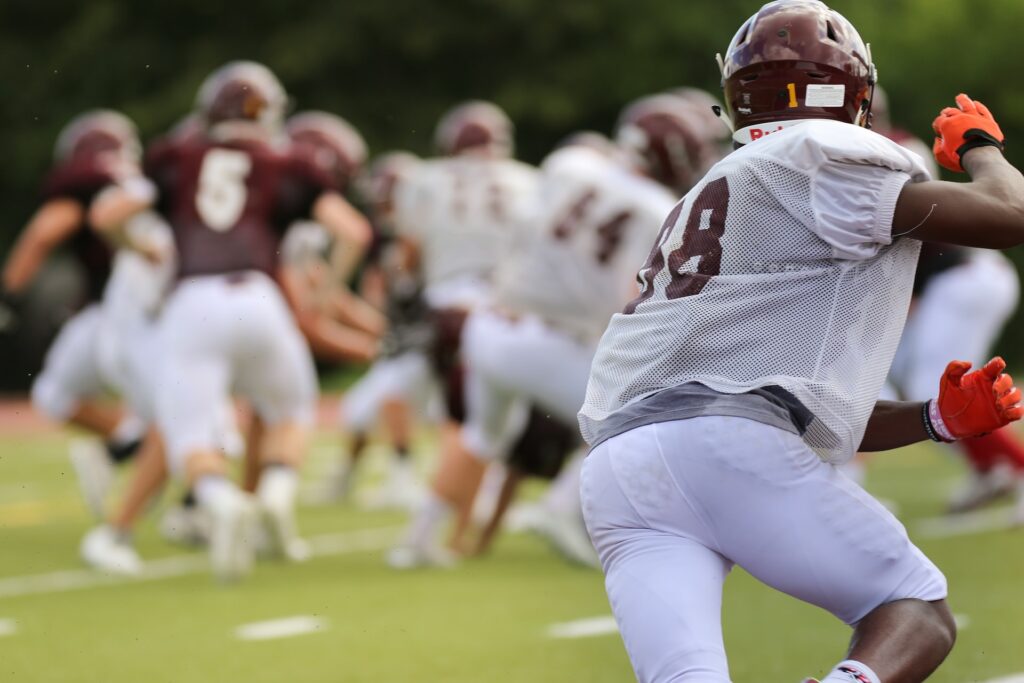
Growing your Business
Over time, things will start looking up for your print shop. From humble roots working in your house to finally owning a physical storefront to receive customers and display samples, you’ve had to work your way up to where you are now. It’s only natural to want to keep expanding your business, so why stop here?
At this point in time, you’ll be making a decent amount of monthly profits from a stream of regular customers and the occasional new one. With a steady income, you can now think about which direction to take your printing business next. Think about where your print shop is and where you can take it as your business grows.
The Unique, Small-Scale Scenario
Your print shop will be oriented toward small but highly customized orders from customers that want something unique. As such, you’re catering to customers who want memorable gifts or special items for small-scale events, be it a company conference or a birthday party. On top of that, you’ll be printing on garments and various other goods, such as mugs, caps, etc.
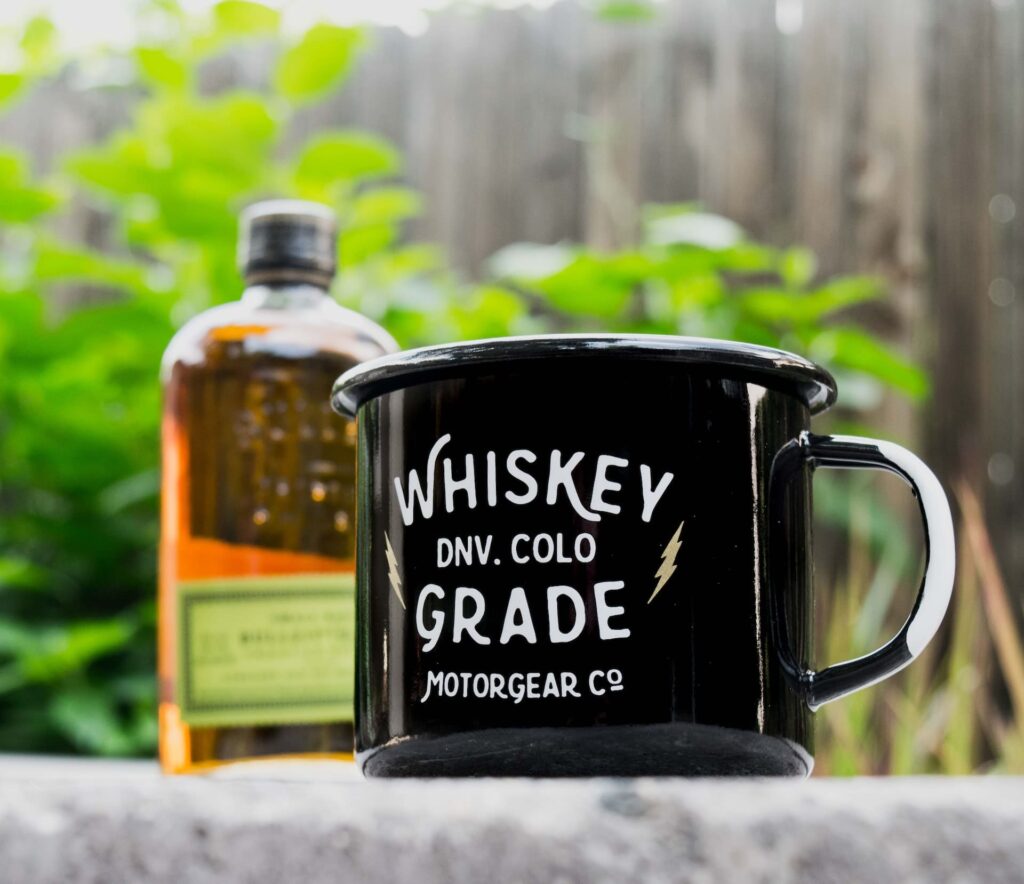
Catering to this scenario stems from several factors.
- Your customers are mainly small to medium businesses
- Orders aren’t very big, going anywhere between 50 to 200 items per order
- Orders aren’t limited to garments only
- You receive multiple orders every month
To meet your customer’s needs, you won’t need to switch gears; DTF printing will remain the right solution for you. At this juncture, you’d have replaced your converted printers with dedicated mid-range printers that have improved printing times and quality. Coupled with DTF’s ability to print on various substrates, you’ll be printing on all sorts of items your customers want.
You can even sell printed films as standalone products, too. Customers might be interested in your prints but want to apply them to their own items. You can always use the extra films from orders you’ve completed or make new ones and have them sold to interested customers.
The High-Volume Scenario
Maybe you’re providing printing services for a single company. They might contract your services solely for printing garments, such as uniforms for their staff, with Pantone matching colors for their corporate logo. Being a large organization, their orders are also significant, going above 300 pieces per order.
For this scenario, you’re looking to meet the following:
- You might have one major customer only or a few big customers
- Your sole customer makes a lot of large orders for garments only
- The customer is particular about color matching for their logo
- Orders can be 200 pieces or higher per order
Screen printing is the ideal choice for this particular scenario, owing to its ability to complete bulk orders in record time while allowing for Pantone color matching. Screen printing is a labor-intensive process that uses mesh screens stenciled with a design in which you drive inks through the mesh using a squeegee to create an image on the substrate. Each screen corresponds to a particular color on the design, so if your customer wants a two-color image, you must prepare two screens. It takes some time to prepare screens, but once properly set up, your team can start printing as many shirts as needed for every order.
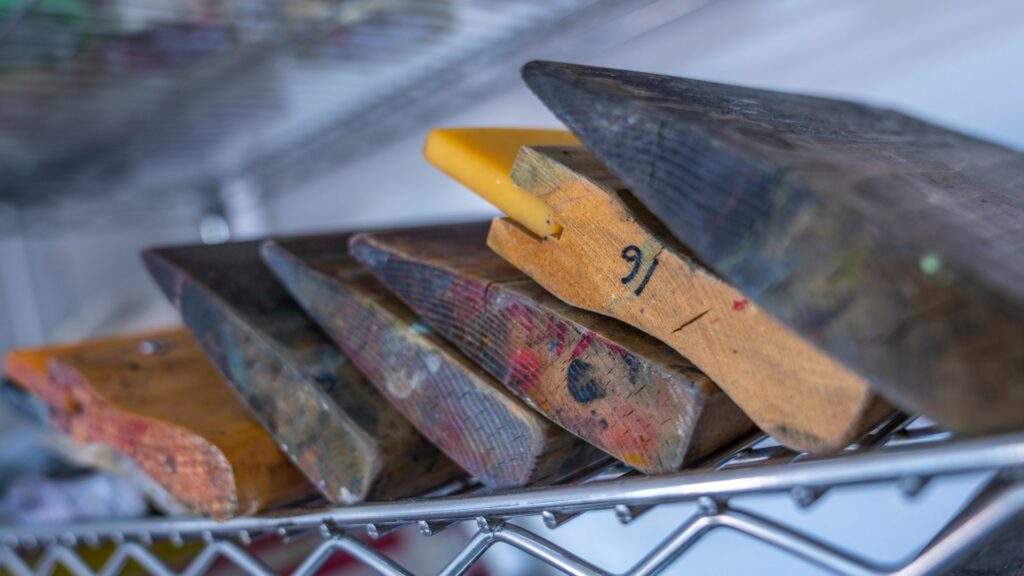
With a bigger budget, you can acquire quality mid-range printing presses and supporting equipment for a reasonable price. If you’re lucky, you could acquire a printing bundle with all the essential consumables (like screens, squeegees, and more) you need. A streamlined setup will then enable your production to speed up significantly.
The Wide Range Scenario
This one’s a bit of a hybrid scenario that shares elements of the first and second scenarios. Your customers will be making large orders but require a variety of substrates for their needs, so you won’t be printing garments only. You might have orders where a customer wants more garments and some mugs or a customer that wants more practical gifts than garments.
For cases like this, you can keep using DTF printing to meet these needs. Your primary focus is acquiring better printers or buying more existing printers and supporting equipment. For example, if you were using desktop DTF printers, you ought to move to larger printers that use wide transfer film rolls. This enables you to print more designs on one roll while keeping your overheads low.
On Scaling your Printing

As business steadily increases and you’re catering to more customers, scaling your print shop is the logical next step to go even further. You’re raking in a decent amount of profits and have a steady stream of orders by this point. If you’re thinking about growing even further, it only makes sense to continue investing in more equipment and staff to keep production going.
Depending on your current printing arrangements, knowing where to go next can get murky; it might help to look at your primary customers and their needs. Are they steadily increasing their order sizes? Are you still able to meet their demands in a timely fashion? Are they also expecting improvements to your quality or production times? You have a few options to consider:
Purchase more printers and supporting equipment: As your business expands, you will receive more and more orders over time, so it’s only natural to keep investing in more equipment to meet growing demand. Existing customers might require that you keep up with them, while newer customers might have heard of your excellent services and are keen to place orders. If you can’t keep up, you’ll lose customers fast.
If you’re still printing with DTF, expanding your printing capabilities with more equipment becomes paramount. Unlike screen printing, DTF printing can’t meet huge order volumes in a short time. While it can print multiple designs on one long roll, DTF prints at a slower speed than screen printing – 30 prints per hour for DTF is considered relatively fast, but for all intents and purposes, it’s not fast enough to meet growing demand. The only way to overcome this bottleneck is to have more printers working in tandem with one another.
Invest in screen printing: If you haven’t already, screen printing is ideal for bulk garment printing because you can quickly print garments once the initial prep work is done (as outlined in the previous scenario). You’ll be able to leverage screen printing with your resources and available staff in no time, printing out great designs while meeting larger order sizes in record time.
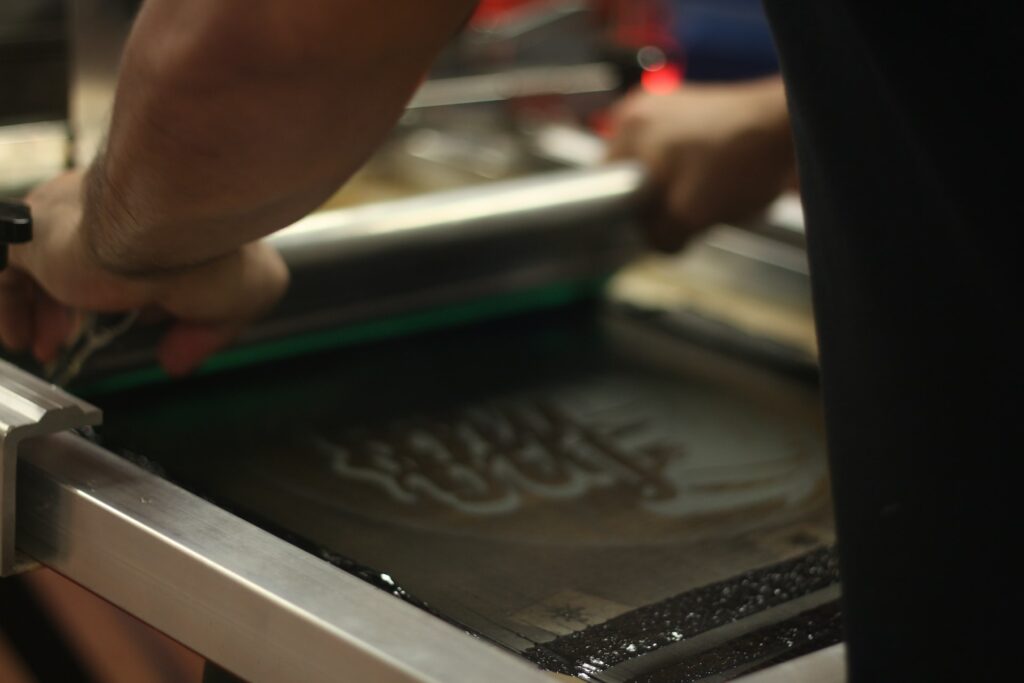
Invest in automatic systems: Automatic systems can help increase a shop’s production scale exponentially, which manual printing can only hope to achieve. If you currently print 500 garments in an hour, automatic systems allow you to print twice (or even triple) that amount. The additional speed means less printing time and better quality control for printed products.
Automatic screen printing presses and other auxiliary equipment – such as computer-to-screen (CTS) imaging systems and automatic screen coaters – can go for $30,000 or more per unit. These are hefty investments, but they are worth the price because they ramp up your productivity.
For many shops, automatic systems are crucial to greatly expanding their customer base. All it takes is to set up the automated systems based on the desired presets and fire them up. Your staff will need to monitor print consistency, look out for possible issues, troubleshoot, and move incomplete and completed garments in and out. Everything else is taken care of by the automatic systems.
Conclusion
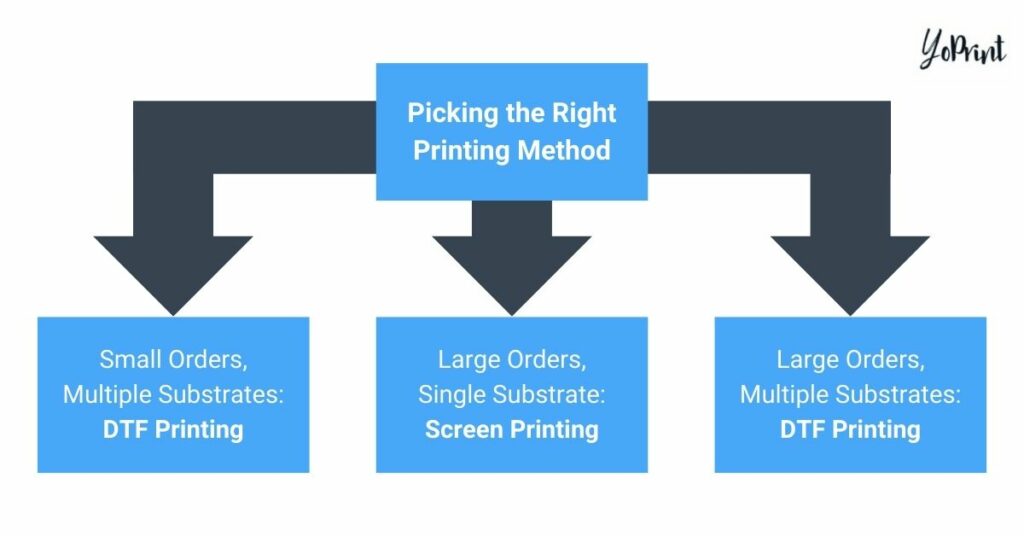
Ultimately, how you expand your print shop dramatically depends on the kind of customers you can find. Are they looking for bulk order printing for garments only? Screen printing is your best bet. Or do they prefer making small orders for a wide selection of items? In that case, DTF printing works nicely. As your business grows over time, you’ll need to consider whether to stay with your current printing method or expand to a new one. Again, it all boils down to the type of orders you receive from your customers.
Remember that no plan stays the same, especially when circumstances change without warning. Examine your customers’ needs and think about how you can meet those needs efficiently. It takes time to get used to the hustle, but with time, you’ll know what works best for your print shop.
